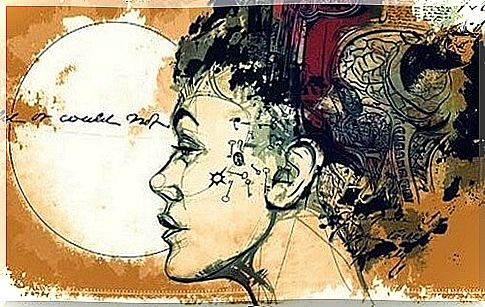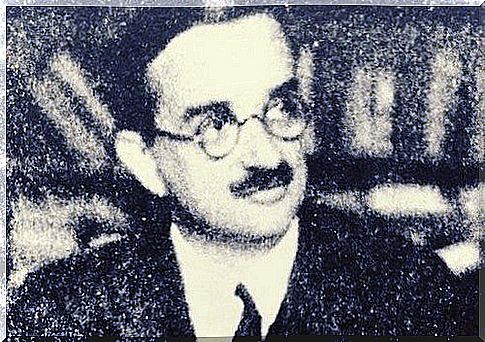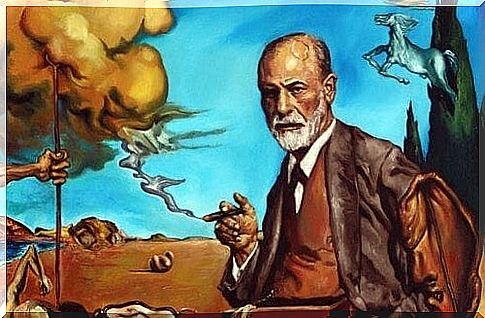Géza Róheim And The Connection Between Psychoanalysis And Anthropology

Géza Róheim’s name is not as well known as others in the world of psychoanalysis; however, he is one of the most brilliant exponents of this current. In fact, Sigmund Freud himself stated that this researcher was one of the few who had managed to expand the boundaries of the psychoanalytic and cultural, beyond what had been raised in the great work Totem and Taboo .
Géza Róheim is considered the father of psychoanalytic anthropology. He is also admired for having kept rigorous records in his fieldwork. The latter was carried out with ancestral communities in Australia and North America. This same rigor is what, over time, gave it a privileged place in the history of psychoanalysis.
Géza Róheim’s masterpiece is entitled Psychoanalysis and Anthropology . In it, he manages to apply Freudian principles to the understanding of culture. This was something that many of his contemporaries considered a mistake. However, the solidity of Róheim’s approaches has cleared up all doubts over time.
The origin of Géza Róheim
Géza Róheim was born in Budapest (Hungary) in September 1891. Unlike many other pioneers of psychoanalysis, Róheim lived a very happy childhood . He was the only child of a family of Jewish merchants, who surrounded him with care and love. His grandfather lived for him and conveyed his interest in popular myths and legends.

When Géza Róheim was just 8 years old, he read The Last of the Mohicans , by James Fenimore Cooper. This approach to primitive cultures fascinated him from the first moment. Since then, he began to read everything he could find on the subject and soon became an expert.
Róheim was a lively and dynamic person who shared his time between books on mythology and ethnography and his taste for good food and sports. In 1914, he graduated as a geographer. Later, he continued his training in Leipzig and Berlin. It was there that he came into contact with psychoanalysis through the work of Otto Rank.
a new strand
Géza Róheim claimed that the discovery of Freud’s work was absolutely revealing for him. He felt that all his knowledge was like separate and scattered pieces. Psychoanalysis was the theoretical framework that allowed him to organize and make sense of many of his observations and knowledge.

Róheim also did psychoanalysis, first with Sandor Ferenczi and later with Wilma Kovacks. In principle, he was very influenced by the work of Melanie Klein. However, later, he went directly into Freud’s work and varied some of his concepts, coming closer to classical psychoanalysis. He met Freud personally in 1918.
Since then, Róheim’s work has focused on making a psychoanalytic interpretation of cultural and social phenomena. His work was not analytical and theoretical, but was supported by his coexistence with ancestral communities, with which he achieved great empathy and affection.
The work of Géza Róheim
Géza Róheim has published several far-reaching works, such as the aforementioned Psychoanalysis and Anthropology , The Enigma of the Sphinx , Magic and Schizophrenia and The Doors of Dream. His work was originally written in Hungarian and was soon translated into English and French. Only a small part of his work is in Spanish.

Róheim presented that the myths and legends of indigenous peoples have a structure similar to that of individual dreams. From this point of view, these cultural productions could also be analyzed as a dream. Likewise, he presented serious evidence that the Oedipus complex, postulated by Freud, is universal. This means that it is present in all times and cultures.
In his time, he was one of the great contradicts of famous anthropologists such as Bronislaw Malinowski and Margaret Mead. He questioned their interests in showing the particularities of each culture, making people believe that there were great differences between them. For Róheim, the opposite happened: the universal elements far outweighed the circumstantial specificities.
Géza Róheim died in the United States in 1953, two months after the death of his wife, whom he loved dearly.









